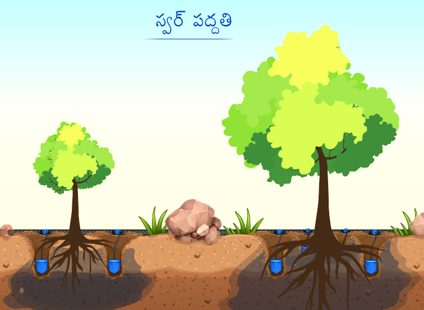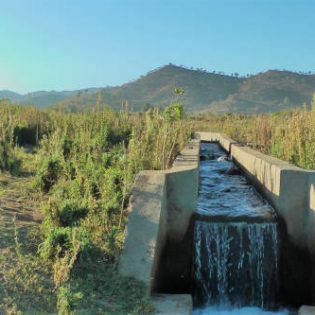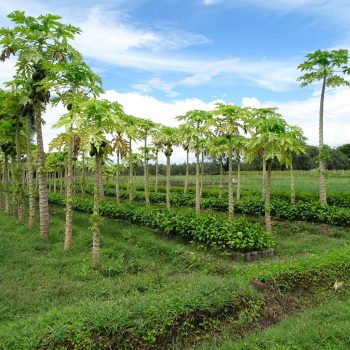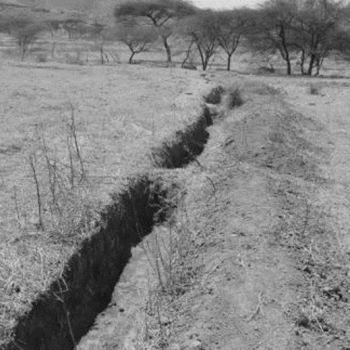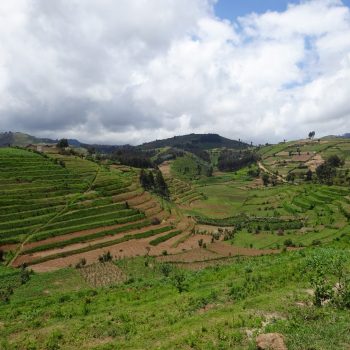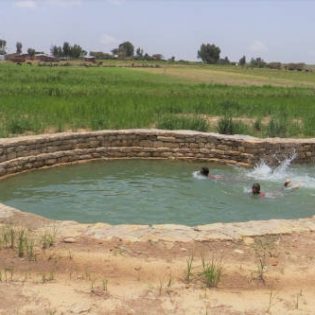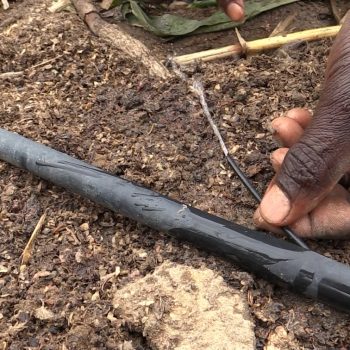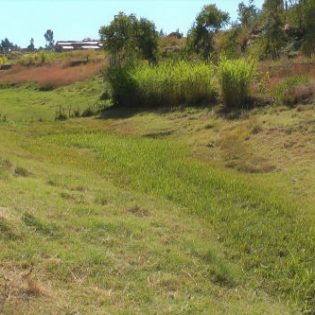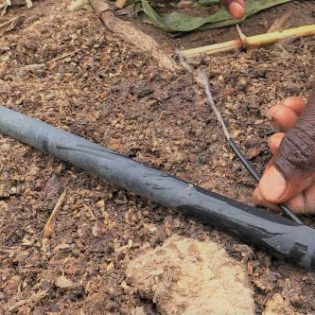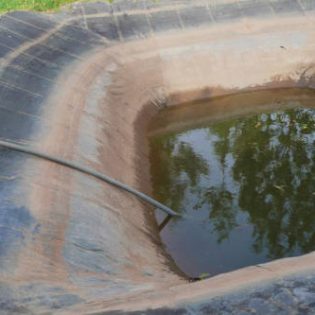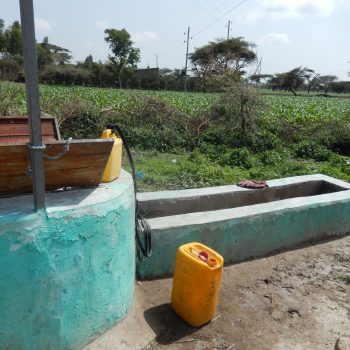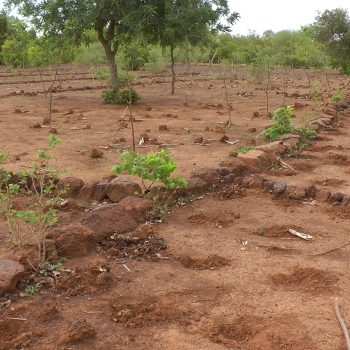| Surface (non-pressurised) irrigation application by far constitutes the largest portion in irrigated agriculture around the world, estimated in 2015 at 63% of total irrigated area (Jägermeyr et al. 2015). Most irrigation systems; their setup in terms of water distribution and allocation (frequencies and amounts) are designed, operated and maintained to accommodate surface irrigation.
The two main methods of surface irrigation (field application) are explained below, aiming to underpin considerations and choices for both proper design of schemes and field application as well as potential (water application) improvements for both. This considering local conditions such as slope, soil type, type of crops but also access to technology, previous experience with irrigation and the required labour inputs. Surface irrigation, although always considered having a lower water use efficiency, may if comparing with other irrigation methods, crop combinations and local context make perfect sense. Basin irrigation Basin irrigation is the most common form of surface irrigation, particularly in regions with layouts of small fields. If a field is level in all directions, is encompassed by a dyke to prevent runoff, and provides an undirected flow of water onto the field, it is herein called a basin. A basin is typically square in shape but exists in all sorts of irregular and rectangular configurations. It may be furrowed or corrugated, have raised beds for the benefit of certain crops, but as long as the inflow is undirected and uncontrolled into the field, it remains a basin. There are few crops and soils not amenable to basin irrigation, but it is generally favoured by moderate to slow intake soils (clay / clay loam), deep-rooted and closely spaced crops. Key practices for optimal basin irrigation: – Land levelling is particularly essential also for basin irrigation, this to avoid uneven supply within the basin; prolonged ponding in certain parts or shortage in others; – Crops which are sensitive to flooding and soils which form a hard crust following an irrigation can be basin irrigated by adding furrowing or using raised bed planting – Reclamation of salt-affected soils is easily accomplished with basin irrigation and provision for drainage of surface runoff is unnecessary. Of course, it is always possible to encounter a heavy rainfall or mistake the cut-off time thereby having too much water in the basin. Consequently, some means of emergency surface drainage is good design practice. – Finally, comparing with furrow systems, basins can be served with less command area and field watercourses because their level nature allows water applications from anywhere along the basin perimeter. Furrow irrigation Furrow irrigation avoids flooding the entire field surface by channelling the flow along the primary direction of the field using ‘furrows,’ ‘creases,’ or ‘corrugations’. Water infiltrates through the wetted perimeter and spreads vertically and horizontally to refill the soil reservoir. Furrows are often employed in basins and borders to reduce the effects of topographical variation and crusting. The distinctive feature of furrow irrigation is that the flow into each furrow is independently set and controlled as opposed to furrowed borders and basins where the flow is set and controlled on a border by border or basin by basin basis. Furrows provide better on-farm water management flexibility under many surface irrigation conditions. The discharge per unit width of the field is substantially less than basin irrigation and topographical variations can be more severe, ie. lesser necessity of levelling or grading. A smaller wetted area reduces evaporation losses. Furrows provide the irrigator more opportunity to manage irrigations toward higher efficiencies to adapt to field conditions that change for each irrigation throughout a season. Examples include applying ‘alternative wetting and drying’ (AWD) also coined as alternate furrow irrigation which for many crops has proven to reduce water consumption (be it in certain cases also a reduction in biomass). With long standing or broad-leafed crops that cover most of the bare soil (maize, sugarcane) furrow irrigation may allow higher water productivity as compared to overhead sprinkler systems as interception and evaporation of water by leaves (as foliage extends) does not take place in furrow irrigated plots.
|
Additional information
| Agriculture | Irrigated |
|---|
